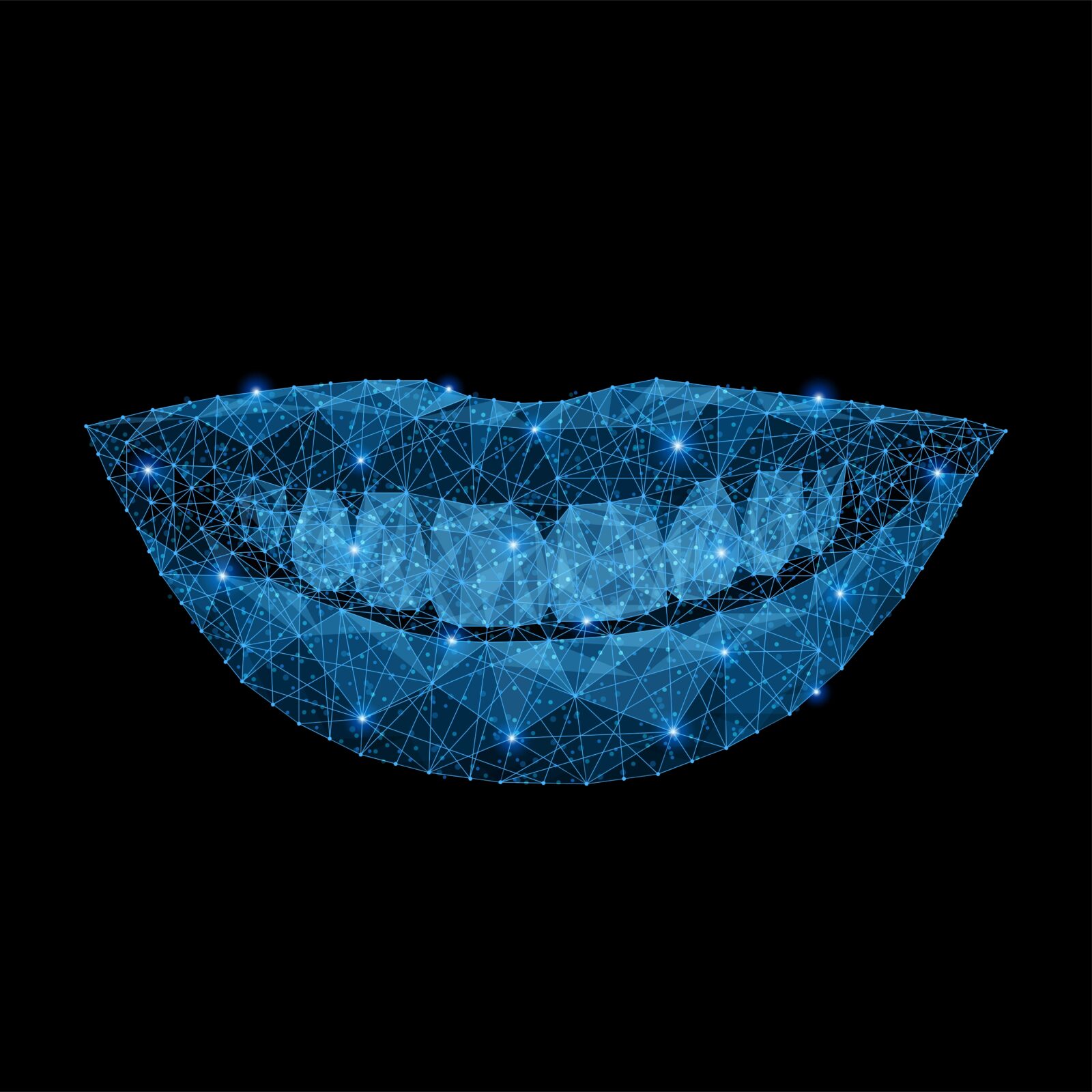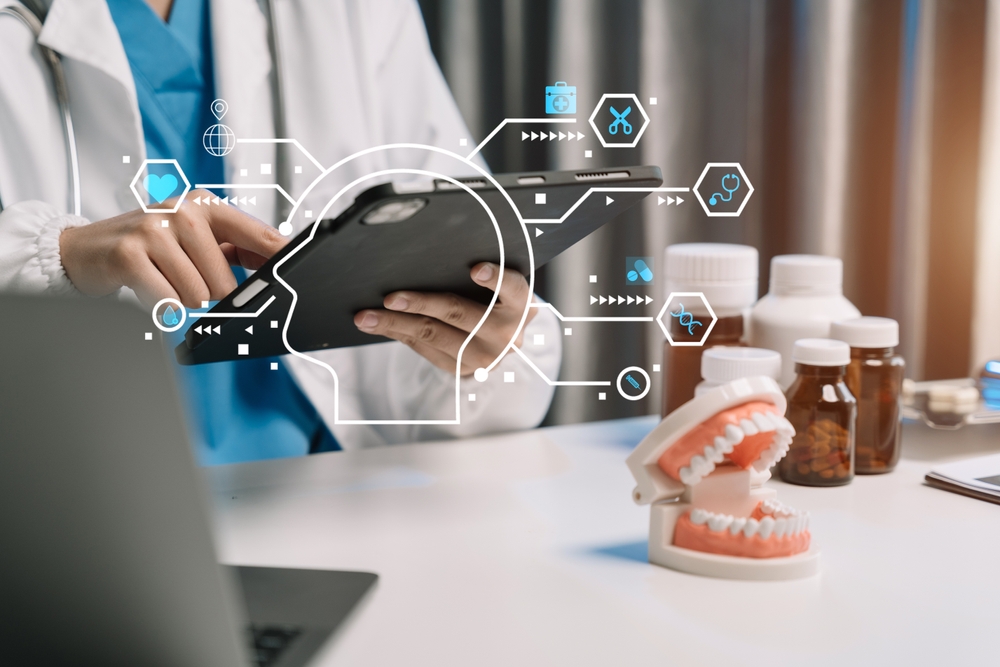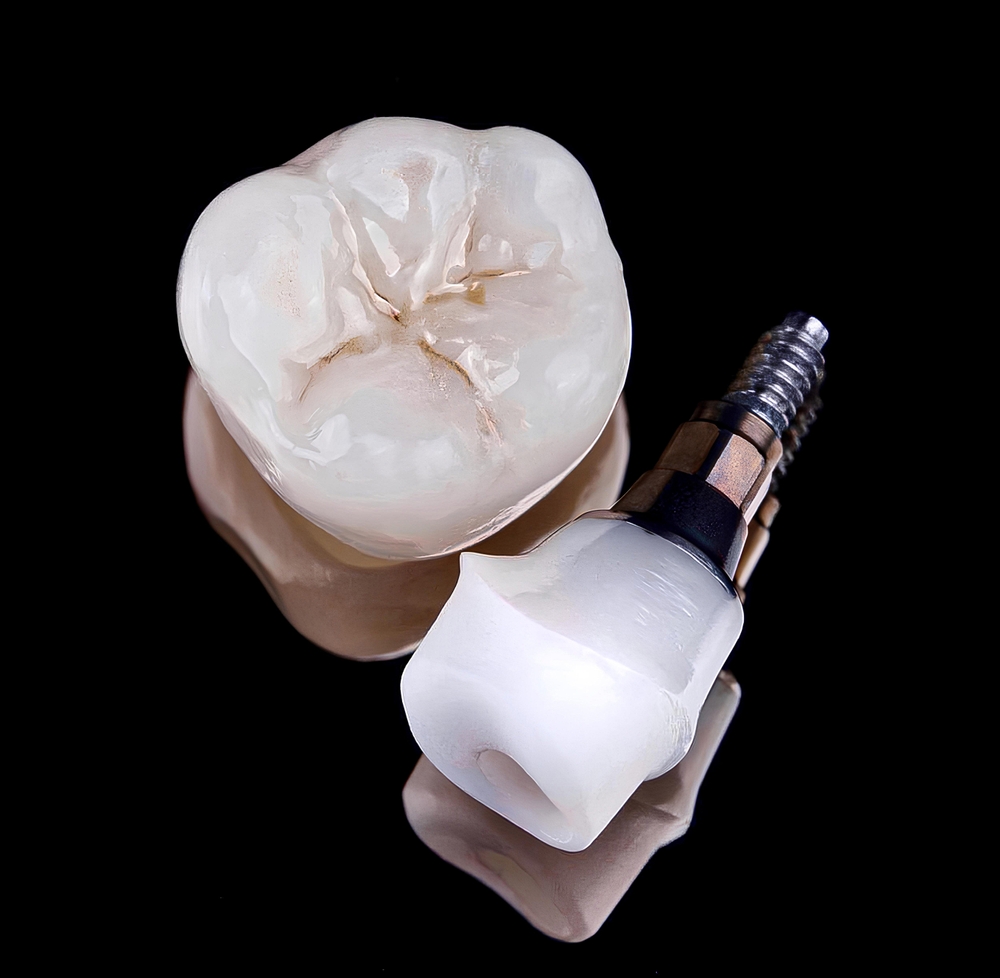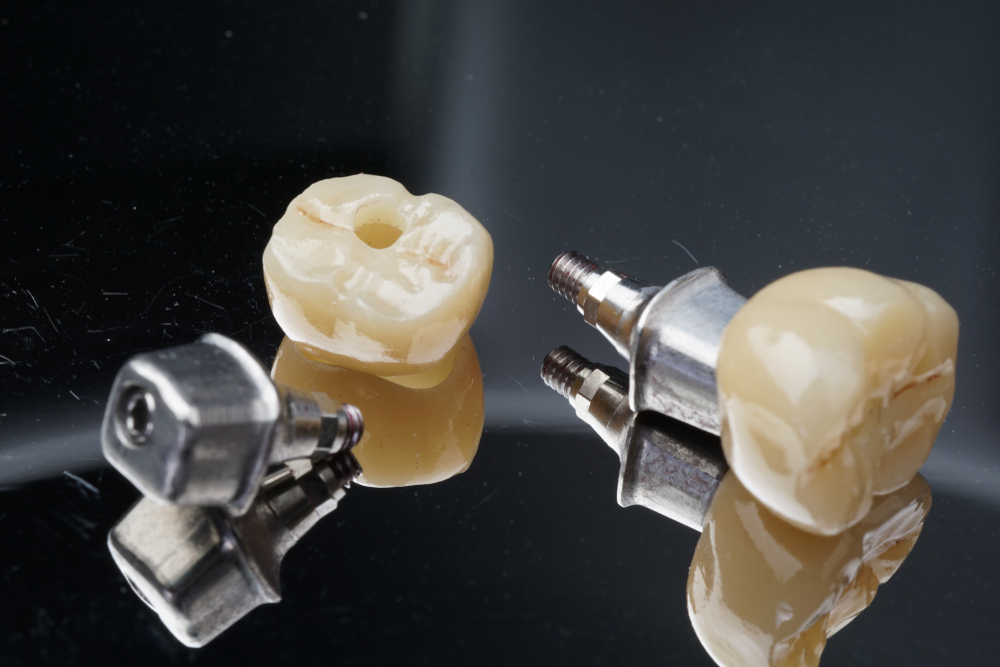Digital Smile Design (DSD) has revolutionized aesthetic dentistry by offering a more precise, efficient, and patient-focused approach to smile makeovers. This innovative technology allows dentists and dental labs to design smiles digitally, enhancing communication, visualization, and execution of cosmetic dental treatments. In this blog, we will review the use of digital smile design, as well as the key benefits of using Digital Smile Design in aesthetic dentistry:
Understanding Digital Smile Design
Digital Smile Design (DSD) is a contemporary dental treatment planning protocol that uses cutting-edge digital technology to plan and execute smile transformations. This concept was developed to improve the aesthetic and functional aspects of smile makeovers by incorporating a more holistic, patient-centered approach. DSD combines the use of photographs, videos, and digital imaging to analyze a patient’s facial and dental structures, allowing dental professionals to design smiles that are in harmony with the patient’s overall appearance and desires.
Key Components of Digital Smile Design:
- Digital Photography and Videography: High-quality images and videos are essential for analyzing the dynamic relationship between the teeth, gums, lips, and facial features in various expressions and movements.
- Digital Scanning: 3D scans of the patient’s teeth replace traditional dental impressions, providing a more accurate and detailed foundation for smile design.
- Software Simulation: Specialized DSD software enables the creation of virtual smile designs, allowing dentists to simulate the final outcome of a smile makeover before any physical work is done.
- Patient Involvement: One of the hallmarks of DSD is the active involvement of patients in the design process. By visualizing potential outcomes, patients can provide input and make informed decisions about their treatment.
- Interdisciplinary Planning: DSD facilitates collaboration among various dental specialists, such as orthodontists, periodontists, and oral surgeons, ensuring that all aspects of the patient’s oral health and aesthetic goals are considered.
Key Benefits of Digital Smile Design
1. Improved Patient Communication and Satisfaction
DSD fosters a collaborative environment where patients are actively involved in the design of their new smiles. By visualizing the potential outcomes through digital simulations, patients can better communicate their expectations and desires. This co-design process ensures that the final results are closely aligned with the patient’s vision, leading to higher satisfaction rates.
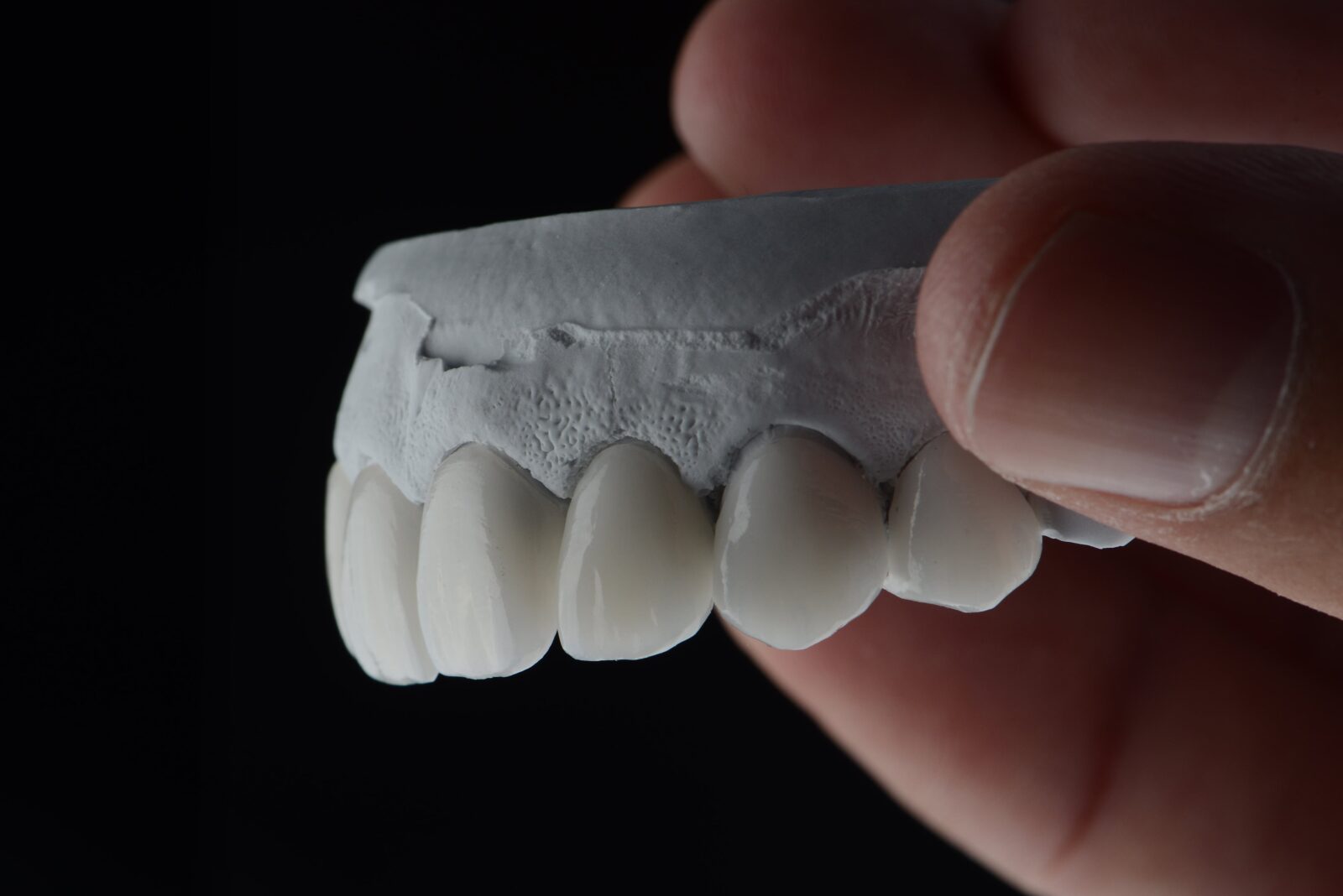
2. Enhanced Aesthetic and Functional Planning
Digital Smile Design offers a comprehensive analysis of the patient’s facial and dental structures, enabling a holistic approach to smile enhancement. This technology allows for the integration of aesthetic considerations with functional aspects, such as bite and jaw movement, ensuring that the new smile is not only beautiful but also functional and sustainable.
3. Increased Precision and Predictability
The digital tools associated with DSD allow for precise measurements and simulations, reducing the margin of error compared to traditional methods. This accuracy improves the predictability of outcomes, enabling dentists and dental technicians to achieve the desired aesthetic results with greater confidence.
4. Streamlined Workflow and Efficiency
Digital Smile Design optimizes the workflow from consultation to final delivery. Digital impressions and simulations can be shared instantly between the dental office and the lab, reducing the turnaround time for mock-ups and final restorations. This streamlined process not only saves time but also reduces the need for multiple adjustments and appointments.
5. Better Interdisciplinary Collaboration
DSD facilitates collaboration among different dental specialists involved in a smile makeover project. Orthodontists, periodontists, and oral surgeons can work together more effectively, with access to the same digital treatment plan. This coordination ensures a more comprehensive approach to achieving the optimal aesthetic and functional outcome.
6. Marketing and Practice Growth
Implementing Digital Smile Design can differentiate a dental practice in a competitive market. Offering state-of-the-art digital services attracts patients seeking cutting-edge cosmetic treatments, thereby driving practice growth. Additionally, the visual and interactive nature of DSD is a powerful marketing tool, as satisfied patients are likely to share their positive experiences and results.
Conclusion
Digital Smile Design has become an indispensable tool in modern aesthetic dentistry, transforming how dental professionals approach smile makeovers. By enhancing communication, improving precision, and streamlining workflows, DSD not only benefits the patient but also contributes to the efficiency and success of dental practices. As technology continues to evolve, the potential for further innovations in digital smile design promises even more exciting advancements in the field of aesthetic dentistry.

